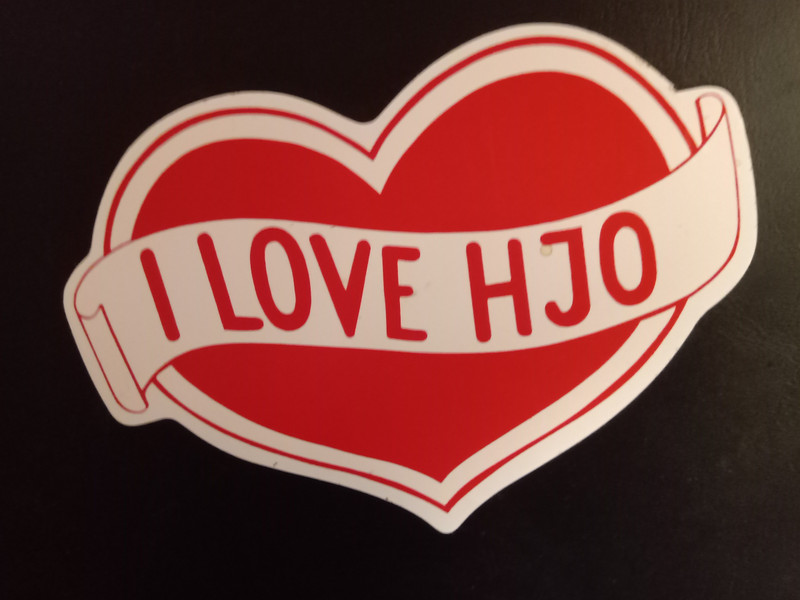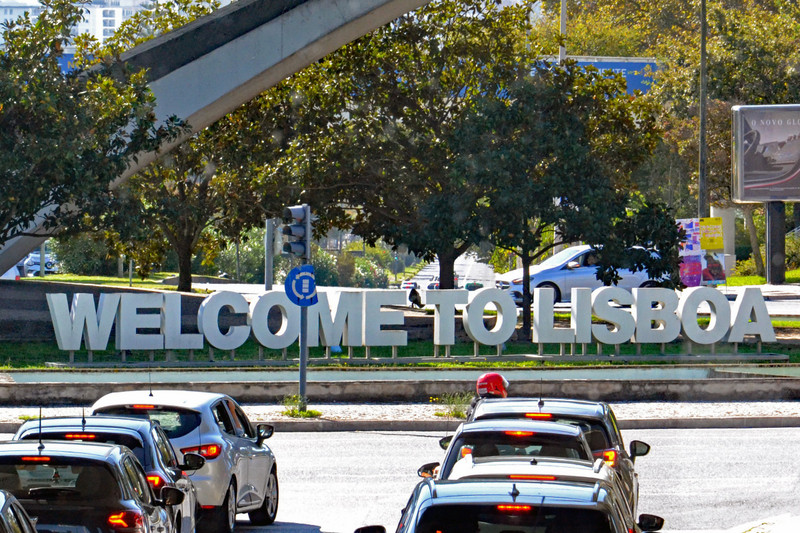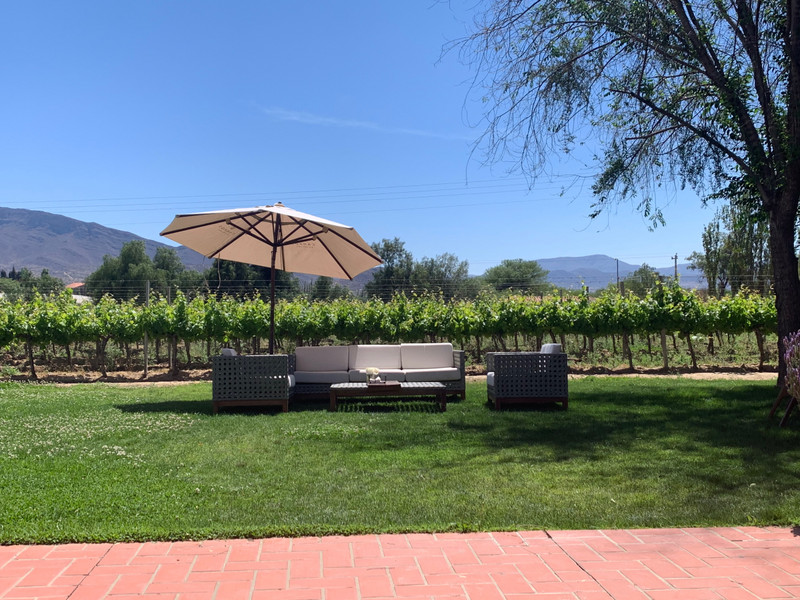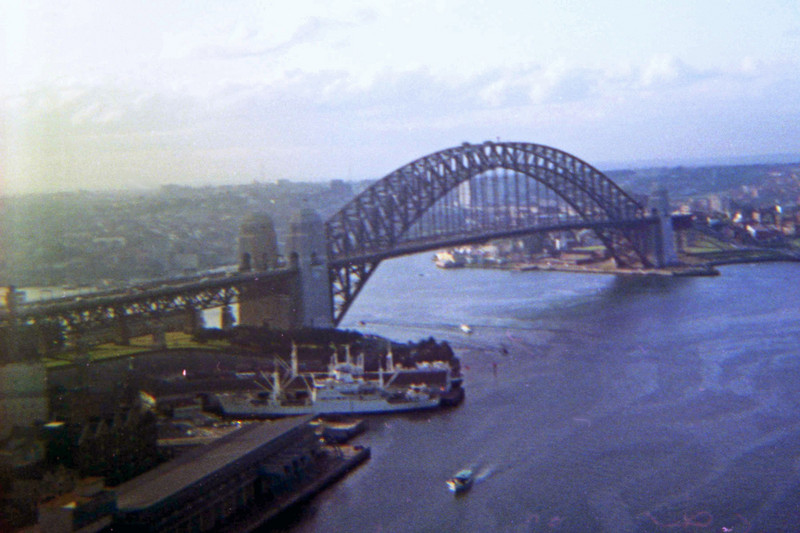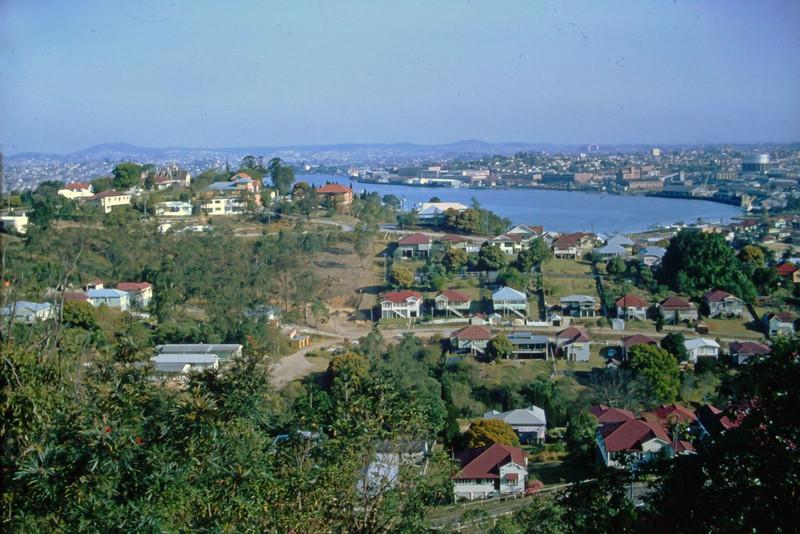The town name Hjo is pronounced the same way as the word you. Therefore they have I love Hjo as a slogan for the town.
In early March we took our trusty car and drove down to Vstergtland District for a weekend. Ake grew up in this part of Sweden, so weve been here many times and know it fairly well.
We might one day dedicate an entire blog entry to the sites in and around the village where Ake grew up. There are plenty of interesting things to see there so such a blog entry would make sense. But thats for some other time. Here we will focus on the places we visited on this short trip. But for the fun of it we have also gone through our archives and we have thrown in a few additional photos taken at previous visits to this region.
Kllby is the village where Ake grew up. When we drove down we passed Kllby and we made a quick stop. We visited runestones that stand there and an outlet store the food producer Dafgrd has in Kllby.
Runestones are a kind of memorial plaques. They are typically flat stones, up to three meters high, with inscriptions on one or both sides. The runestones were erected in Scandinavia from the
4th century to the 12th century. Much of this time period coincides with the era when the Vikings roamed in northern Europe and in other parts of the world. The Vikings, who by the way were more of tradesmen and sailors than savage plunderers, also erected runestones during their travels. Runic inscriptions can be found in UK, Turkey and Ukraine for example.
We mentioned the food producer Dafgrds. They not only have an outlet store in Kllby, all of their production facilities are also in Kllby. Fun fact: One of their products is the meatballs served in the restaurants in the European IKEA stores.
To label Husaby a village is generous. An aggregation of houses is more accurate. However, for its size it is generously blessed with historical sites.
=> Husaby Church - A church from the medieval times. The oldest sections of the current church is from the 11th century.
=> St Sigfrids well: According to legends the first Swedish king who converted to Christianity was baptised here.
=> Flyhov rock engravings: With around 500 pictures it is the largest collection of Bronze Age rock engravings in all of Vstergtland District.
=> Lasses cave: In the end of the 19th century a local eccentric decided to transform a cave into a home. He lived in this cave cum house for several decades. He was a bit of a recluse and preferred to limit his interactions with the rest of society to a minimum. He also had a bit of a temper and was feared by the locals. They took a kind of revenge when he passed away, because they demolished his house. But later the historical value of Lasses cave was recognised. With help of photos that were taken when the house was occupied, his home was rebuilt again.
The panoramic photo at the top is of a disused mine in Hllekis. It is a place that offers a quite spectacular view.
The town Lidkping has an unusually large town square. It is actually the largest town square in northern Europe. In the middle of the square is the
Runestones are a kind of memorial plaques. They are typically flat stones, up to three meters high, with inscriptions on one or both sides.
spectacular town hall. It was built in the 17th century. Before it was turned into the town hall, it served as a private hunting lodge.
The town Skara is locally known for its cathedral. The cathedral traces its origin as far back as the 10th century, making it one of the first churches in Sweden. Most of what can be seen today originates from the 13th century.
Lake Hornborga is popular with people who are into bird watching. In spring also people who usually dont care much about birds (us, for to the lake to see the migrating cranes. The cranes spend winters in southern Europe or in Africa. Summers they spend in northern Sweden. On their way north in spring many cranes stop at Lake Hornborga to feed and hang with their buddies.
